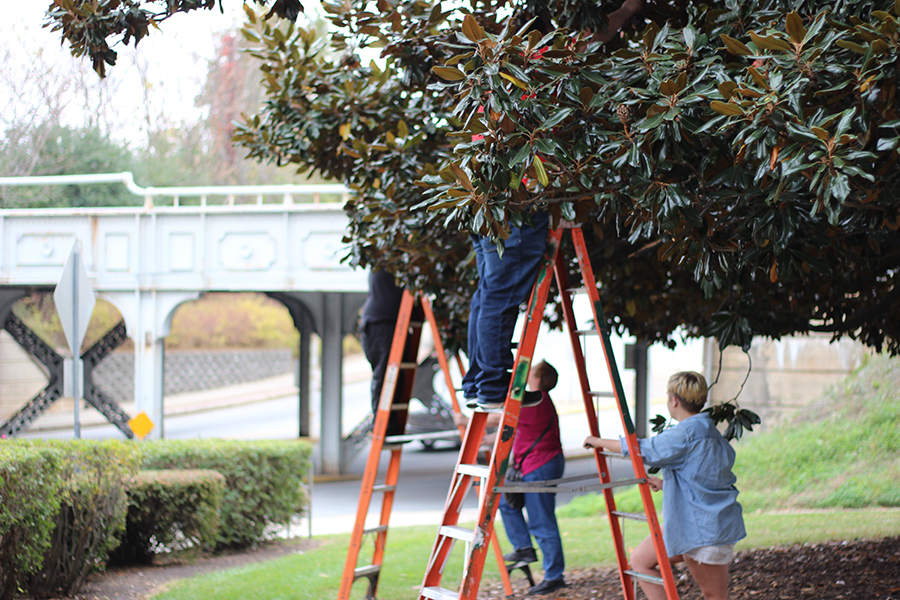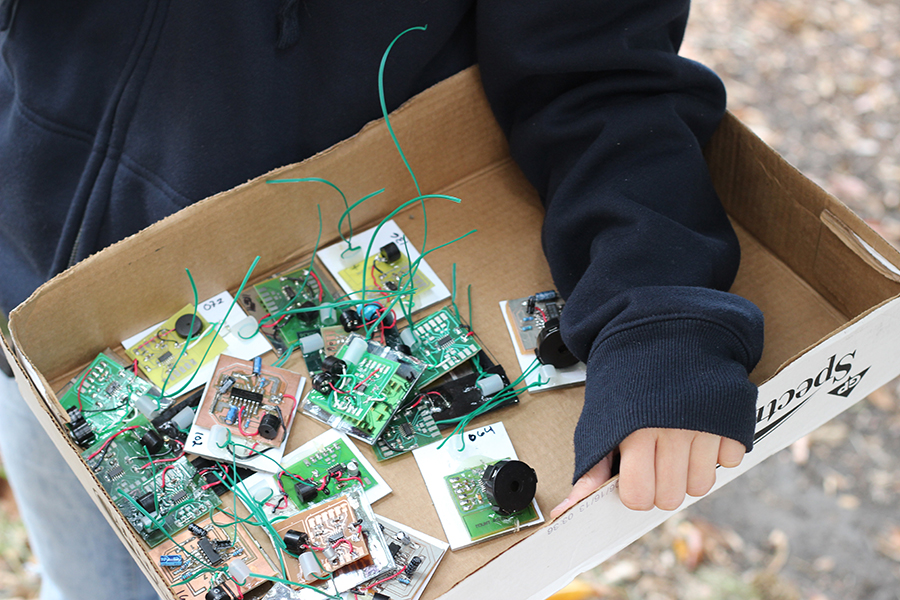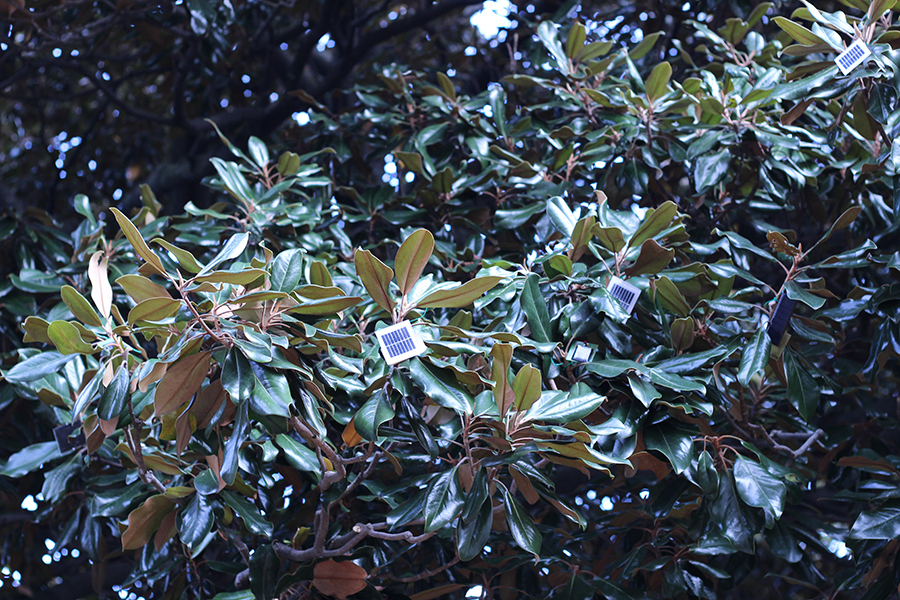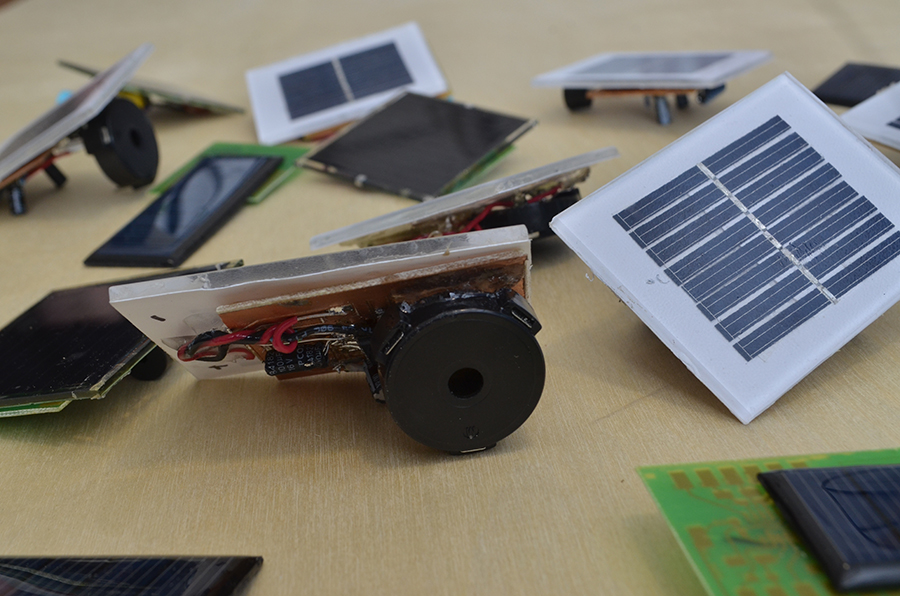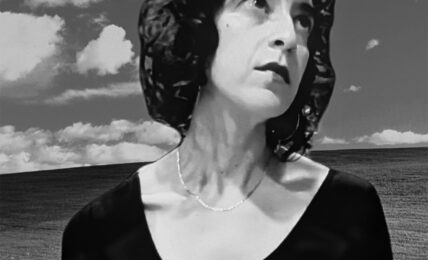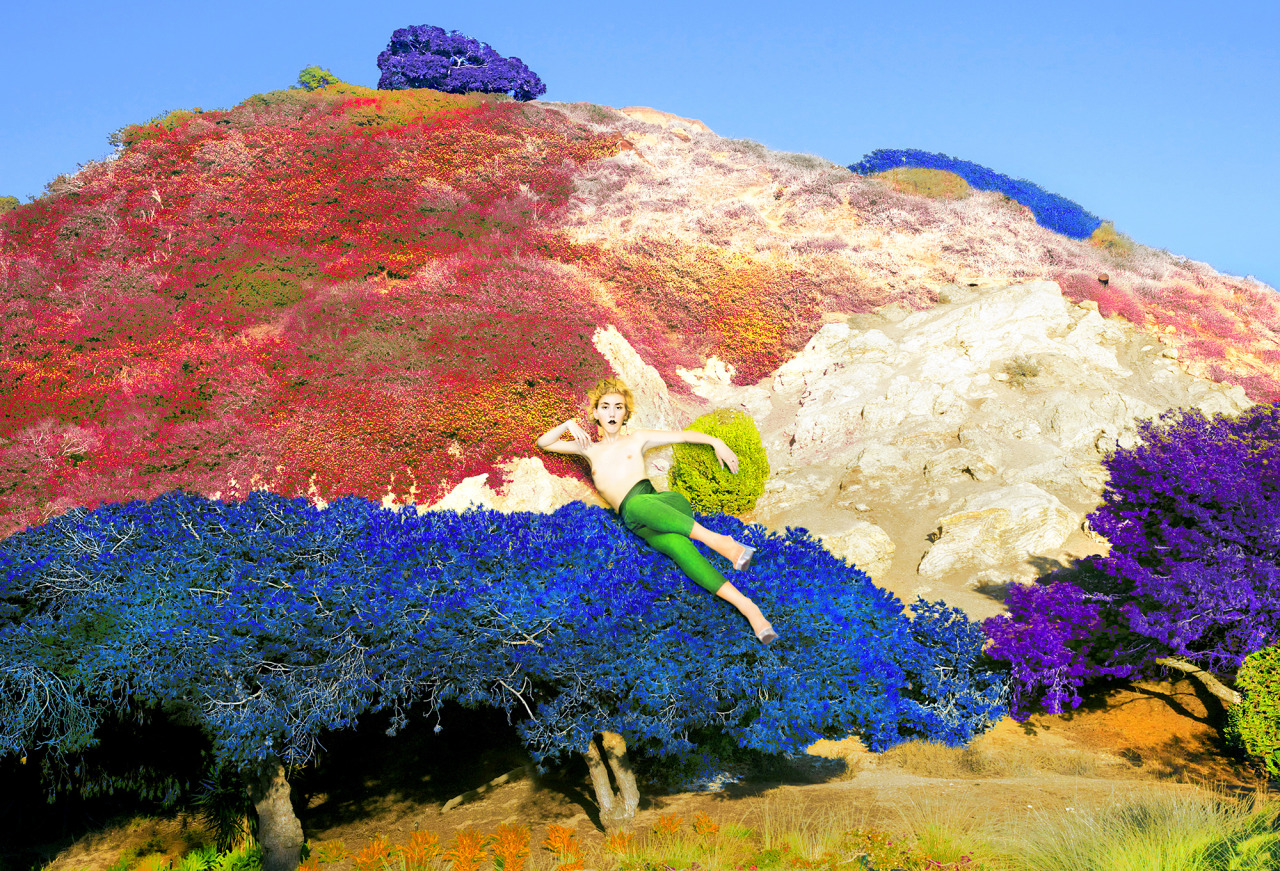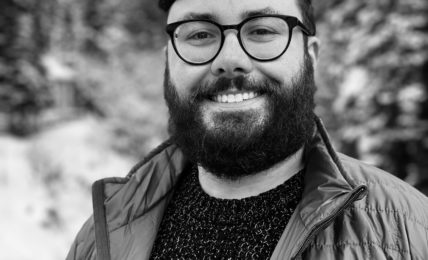Thomas Asmuth is an artist and educator who creates works that span science and art, identity and robotics. He currently teaches as an assistant professor at the University of West Florida in digital and experimental media. Asmuth’s works are conceptually driven by technology, popular culture and theoretical discourse. His sound works are notable for their scientific complexity and for his fabrication of DIY audio devices. Asmuth’s works and collaborations have been exhibited in the United States and internationally. He has received awards such as a Florida Researcher Fellowship from UWF, and was selected to be a Researcher-In-Residence at Signal Culture in New York.
The following interview was conducted by Izzy Pezzulo of the Digital America team. The interview probes Asmuth’s interdisciplinary practice and work in sound, support for artists working in sound and the realms of collaboration within interdisciplinary audio media.
diga.rt: What first inspired your interest in interdisciplinary artworks, including audio and video? What different disciplines are you currently drawing from to create your work?
TA: Long before I was really aware of the idea of interdisciplinary or sought a career as an artist, I was interested in many things that are key characteristics of both. First and still to this day, I am very fascinated in the phenomenological world. This originally manifested in my love of astronomy and physics. The ideas of observing and modeling the world to gain insight on the processes has always thrilled me. There is a sort of recursive nature that emerges in those pursuits where you end up with more questions [and] when you are trying to answer another question [which] has always inspired me. This is the wonder of universe: layering of processes and actors that emerge as immense complexity. I got very intrigued in how Science, Cosmology, and Art all emerged from the close examination and contemplation of the world. This led to my enrollment in a physics program during the ’80s, but I had a keen intuition of the connection between physicists and painters—both professions study the same phenomena: space, time, and light; I owe a big debt to thinkers like Richard Feynman. Paul Davies and Leonard Shlain for the introduction.
My first attempts at cross-discipline borrowed terminology; it was like quoting science as a method. Around 2000, I formed a friendship with Gareth Noyes, who had collected a few of my paintings and drawings. He was supplying me with imagery he had brought from his research at CERN which I would incorporate into prints. At some point in the next year or two, Gareth asked if I was interested in building a particle detector to capture my own images. I was stunned and very grateful for the simple question. He had unlocked the door that allowed for me to blend media and process. For about three years I designed and redesigned different installations with these home grown ‘cloud chamber’ devices. In them I could see direct evidence of a subatomic world. I had some really sublime moments when I could see that a particle had likely passed through me to enter the chamber.
In the past few weeks, I have started a new project that combines Environmental Science and Art. I am really trying to get at the essence of what Merleau-Ponty called the “primacy of perception” and again how observation is the basis of art and science. I am not going to give many spoilers here, but I believe I may have gotten to a place where art and data are both created through the same absurd set of experimental processes. And it uses submarines!
diga.rt: Could you talk about your process for the Otto’s Ghost project? How were the “singers” built, installed in a natural setting, and how were they to be experienced as an installation piece?
TA: The Otto’s Ghost project is a multi-year endeavor where I was exploring a small circuit that creates feedback loops. I have a lot of interest in non-standardised forms of sound and music. While I am not a musician, I have been a fan and been increasingly trying my hand at noise art over the past few years. My introduction to the core of the sound modules was from a project that Ralf Scheiber had developed in the 1990’s. I stumbled onto them during research into biologically inspired robotics, where designers look at natural processes to develop biomimetic engineering and aesthetics in the design of mechanical systems. Otto Schmitt (the project’s namesake) was a brilliant mercurial fellow who discovered that nervous systems use a feedback looping system to amplify nerve signals. His discovery in the late 1930s led to his design of the Schmitt Hex Inverter, which is most likely the first biomimetic electronic device. This component has a variety of signal and amplification applications and it was found in Schmitt’s observations of squid nerve cells.
The behavior of the Otto’s Ghost modules is to emit feedback loops in the manner of beeps, buzzes, and other almost insect-like noises. Addition of the solar cell allows the device to feed itself; each unit, thus, becomes an autonomous diurnal noise system. A varied set of responses emerges through the day with the circuit, the noise response is directly affected by changes in light from the amount of light falling on the solar engine. As the day passes each unit slowly wakes go through a series of changing outputs and then slowly settles in torpor as dusk falls.
When many of these units are gathered and active a low level of emergence can develop from the overall combination of the signals. In an additive and reductive manner certain frequencies and rhythms emerge from the chorus. Ultimately, it is a system that is environmentally responsive and exhibits emergent behaviors. The installation in outdoor spaces is a critical examination of an augmented natural system and the ecology which can emerge from the process.
We installed this work the first time in Greensboro, NC, as part of a conference exhibition. Three hundred modules were installed by non-invasively attaching them to limbs of a massive Magnolia tree in downtown. The work is a time based experience that really requires the audience to sit and give time for the sounds to emerge and change as the day passes. I would liken it to meditation except that some of these periods can be very intense and not necessarily comfortable to viewers that don’t have an interest in noise.
diga.rt: What kind of support do artists working in sound receive? I noticed that you recently received a residency position at Signal Culture. Could you talk a little about what your plans are for the residency, and how you anticipate this residency to affect your work?
TA: I don’t have any specific data, but I feel like the interest and number of new programs in sound art have blossomed in the past ten years. This is specific to a genre that is in addition to what we normally call music. I commonly see posts on Rhizome, Art and Education and other art forums looking for experimental sound works.
As for support, the same condition holds true for any media/genre you are working: Art is an entrepreneurial profession. This is the place where my practice merges very closely to business. Like freelancers in any sector, the contemporary artist has to be very aware of the opportunities to exhibit, raise capital and market themselves. There are many opportunities out apply for grants or time to focus like the Signal Culture programs. You must be active to get out there, you must seek the opps. Yes, you need to learn to communicate in writing, but many of the applications are free. You must have the tenacity to keep writing proposals and creating new work until some catch. The real secret is that it gets easier over time, but I don’t think it ever goes away-you have to apply for shows.
diga.rt: Could you talk about the sense of humor or subversion in your work?
TA: Humor is very important. I remember when I was first told that my work was funny by the chair of my graduate program, I almost thought he was denigrating the work until I realized that I do like to subvert and that is was coming through. I am attracted to contrasts, logical conclusions and alternate uses to help illustrate the unseen. And I truly enjoy the intelligently absurd. The work done under the name Monty Python is an indirect, but huge influence. The blurring of lines in sketches like the Ministry of Silly Walks exemplify my interests. Within this absurdity is an exposé of the humanity to organize, classify, and form an official version of any act or study; it is the logical conclusion that everything including “clowning about” can be officially sanctioned and codified into serious work.
Conversely, absurd assertions can often reveal very meaningful content, this is the methodology of the satire. We still laugh at the satire and through this we can explore complex problematic areas of our culture. It is a great method to get the conversation and engagement flowing.
diga.rt: Could you talk about the community you feel implicated in within the realm of interdisciplinary audio media? As a young artist starting to work with sound, I’m interested in the kinds of relationships that support the collaboration of artists working in this experimental field.
TA: Never underestimate the value of community. First, there is still a terrible misconception about the lone heroic artist creating a masterpiece in his studio. What does that even mean in the 21st century? Involvement, participation, collaboration, etc. are critically significant. I have no objection to those who do solo work, but to paraphrase Ghilberto Gil, “creativity does not emerge in a vacuum”, even the lone practitioner reads, studies and looks outward.
There is still a lot of room and possibility in working interdisciplinarily, that is the implicated community. I am one of those folks romantic enough to see the beauty in mixed metaphors and spongy edges when you blend disciplines are the community. For me it was about finishing an art degree and still continuing to wrestle with the ways in which science and technology are an aesthetic field. Essentially the individuals drawn to interdisciplinary creativity are a real motley crew. The fact that we are a mongrel is to be celebrated.
I can point to a handful of great organizations that support the pursuits of Art, Science and Technology hybrids: Zer01 San Jose, ISEA, the Society for Literature, Science and Art, Leonardo, Rhizome and SHARE. The symposia, meetups, etc. are where to tap into what is possible. Join, read, jam, argue and travel to events every chance you get. Can’t find a group? Start your own. Be an entrepreneur, make what isn’t available for yourself.
Audio from Otto’s Ghost
:::
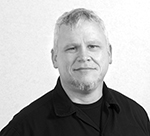
Thomas Asmuth is an artist and educator who creates works that span science and art, identity and robotics. He currently teaches as an assistant professor at the University of West Florida in digital and experimental media. His works span a variety of interdisciplinary digital media, including handmade sound devices. Asmuth is an alumnus of the CADRE Laboratory for New Media at San José State (MFA 2009) and holds a BFA in Painting (2000) from the San Francisco Art Institute. His research and projects can be found here [link no longer active].

